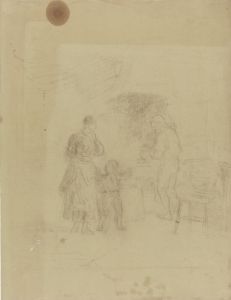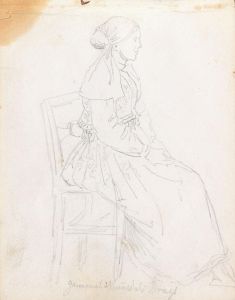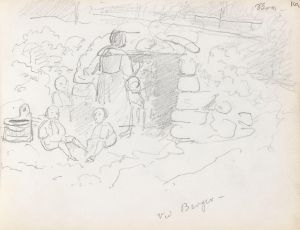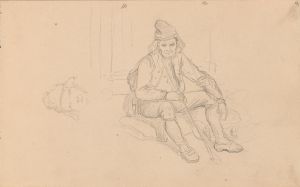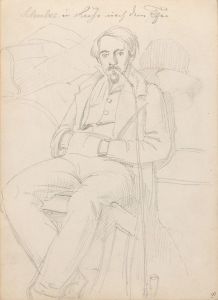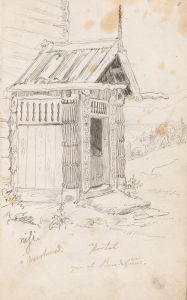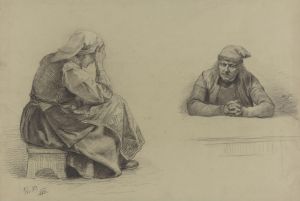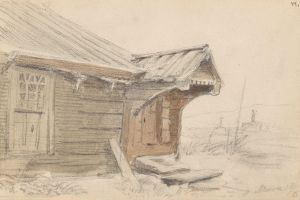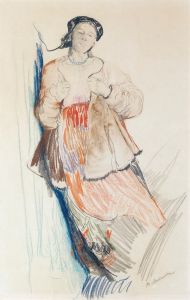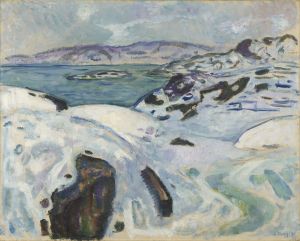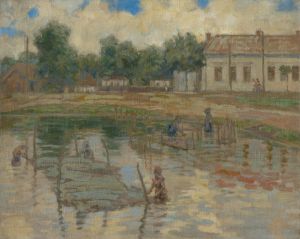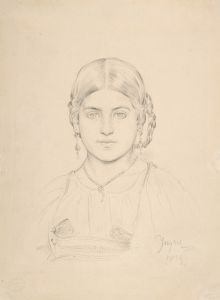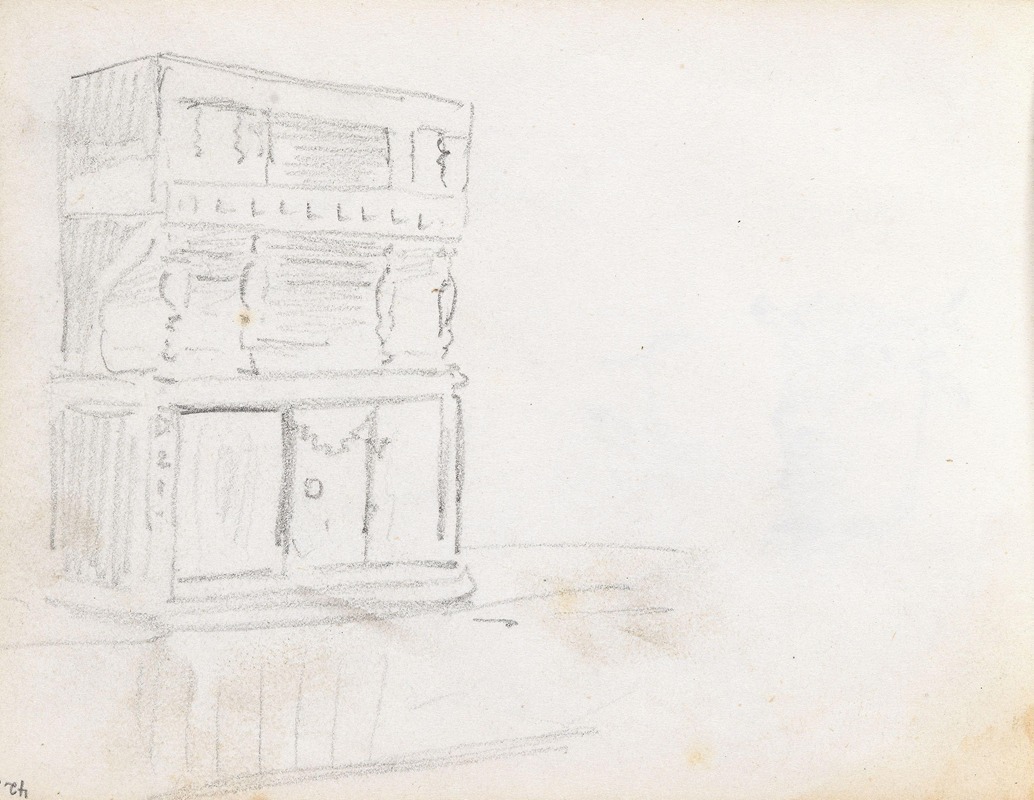
Skap
A hand-painted replica of Adolph Tidemand’s masterpiece Skap, meticulously crafted by professional artists to capture the true essence of the original. Each piece is created with museum-quality canvas and rare mineral pigments, carefully painted by experienced artists with delicate brushstrokes and rich, layered colors to perfectly recreate the texture of the original artwork. Unlike machine-printed reproductions, this hand-painted version brings the painting to life, infused with the artist’s emotions and skill in every stroke. Whether for personal collection or home decoration, it instantly elevates the artistic atmosphere of any space.
Adolph Tidemand was a prominent Norwegian painter in the 19th century, known for his detailed and culturally rich depictions of Norwegian life and traditions. One of his notable works is "Skap," which translates to "The Cupboard" in English. This painting is a fine example of Tidemand's focus on Norwegian folk culture and his ability to capture the essence of rural life during his time.
Adolph Tidemand was born on August 14, 1814, in Mandal, Norway. He studied art in Copenhagen and later in Düsseldorf, Germany, which was a significant center for art education at the time. Tidemand became associated with the Düsseldorf school of painting, which emphasized detailed and realistic portrayals of everyday life, often with a romanticized view of rural and historical themes. His works are characterized by their attention to detail, vibrant colors, and the ability to convey the cultural and social aspects of Norwegian society.
"Skap" is a painting that reflects Tidemand's interest in the domestic interiors and the traditional customs of Norwegian peasant life. The painting depicts a scene centered around a cupboard, which was a significant piece of furniture in Norwegian homes, often used to store valuable items such as silverware, textiles, and family heirlooms. The cupboard in the painting is intricately designed, showcasing the craftsmanship and artistic sensibilities of the time.
The scene in "Skap" is intimate and detailed, capturing the essence of a Norwegian household. Tidemand's use of light and shadow adds depth to the painting, highlighting the textures of the wood and the fabrics within the room. The figures in the painting are portrayed with a sense of realism and individuality, reflecting Tidemand's skill in character depiction. The clothing and objects within the scene are depicted with historical accuracy, providing insight into the material culture of 19th-century Norway.
Tidemand's work, including "Skap," played a crucial role in the national romantic movement in Norway, which sought to promote and preserve Norwegian cultural identity during a time of increasing modernization and change. His paintings often served as visual documentation of Norwegian traditions, contributing to a sense of national pride and cultural heritage.
Throughout his career, Tidemand received numerous accolades and recognition for his contributions to art. His works were exhibited widely, and he became one of the most celebrated artists in Norway. "Skap" is just one example of his extensive oeuvre, which continues to be studied and appreciated for its artistic and cultural significance.
Adolph Tidemand passed away on August 25, 1876, but his legacy lives on through his paintings, which remain an important part of Norway's cultural history. His ability to capture the spirit of Norwegian life and traditions has left a lasting impact on the art world and continues to inspire artists and historians alike.






